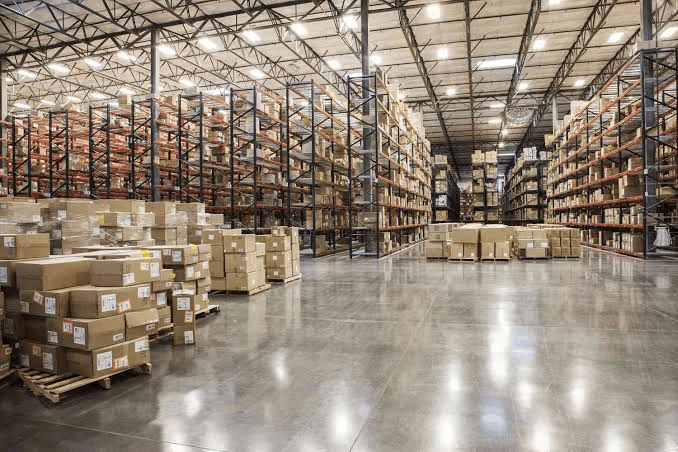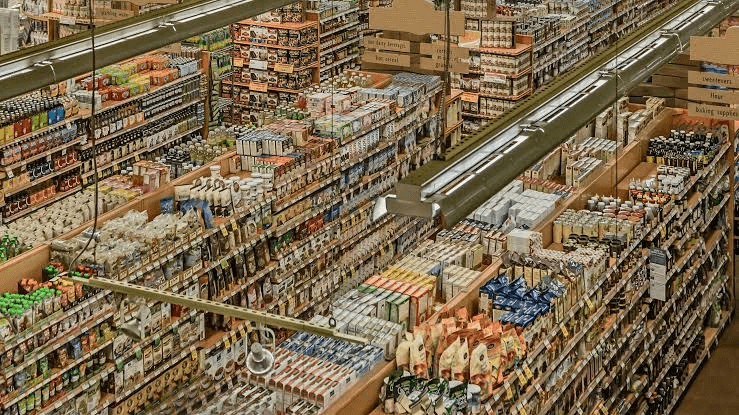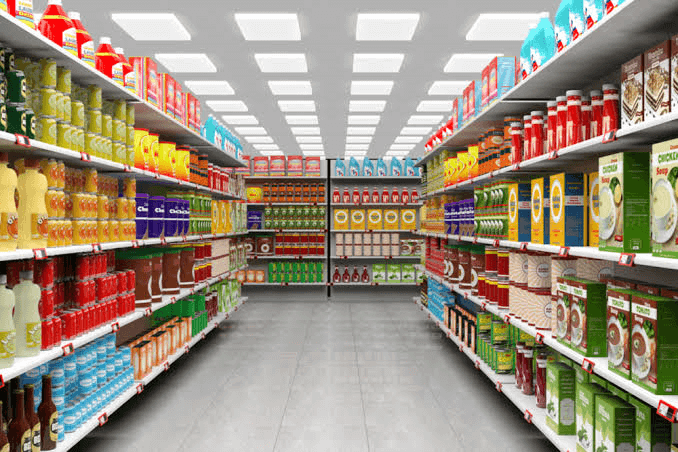Goods DefinitionGoods are defined as commodities and products that meet the requirements and desires of consumers. Any tangible item, rendered service, or a mix of the two can be referred to as a good. If it provides consumers with some sort of advantage, practically anything constitutes as a good. Due to the diversity of goods, they are divided into different groups according to special qualities that establish their worth. 
MeaningA good is referred to as an "economic good" if its demand outweighs its supply and it requires human effort to acquire. Free goods, like air, are always available and don't require any conscious effort to acquire. Private goods are items people own and use regularly unrelated to food, such as televisions, couches, wallets, cell phones, and almost anything else. Any good that is eventually consumed rather than used to create another good is known as a consumer good or "final good." A consumer good such as a microwave, refrigerator, or bicycle is an example of an intermediate good, whereas components sold to make those products are final or consumer goods. Transistors or textiles are two examples of additional products that can be produced. A tangible object is considered a commercial good if it is produced, supplied, and used in business. Tractors, business cars, portable buildings, aircraft, and even roofing supplies can be considered commercial products. Commercial & personal commodities are very wide categories that include nearly every item a person encounters from the moment they wake up at home, during their commute to work, and once they arrive at their place of employment. Although the term "commodities" can also apply to tradable raw materials and basic goods, it is most frequently used to describe economic goods. Despite the fact that common products can be physically touched, some classes of goods, like information, can only exist intangibly. An apple, among other things, is a tangible good, whereas news, which corresponds to the intangible category of goods, can only be perceived through a device like a printer or a television, is only perceivable through these devices. Features of the GoodsThe following are the goods' primary characteristics:

Types of GoodsFour fundamental categories of goods exist: 1. Personal GoodsConsumers must pay for private products because there is a limited supply, and they are excludable and competitive. When someone purchases something, it becomes unavailable to other people. This category includes the majority of consumer products. Suppose you handle pricing and supply strategies for a business that sells private goods. In that case, you must be able to do so successfully to maintain business profitability as well as customer satisfaction. Examples:
2. Public GoodsPublic commodities are non-excludable and non-rival, which means that there is no end to their availability. The public sector usually manages public goods. Examples:
3. Common GoodsCommon commodities are free but in limited supply because they are non-excludable and rival. Governments frequently manage these natural resources on behalf of citizens. For instance, a government agency could establish fishing limits to stop overfishing. It's crucial to know how to cooperate with pertinent legislation and handle resources if you work in a sector of the economy that involves the procurement of raw materials. Examples:
4. Club GoodsConsumers pay for and have unlimited access to club products, which are excludable and non-rival. These products might have a set monthly cost, or businesses might offer tiers of services or subscriptions. Examples:

5. Other GoodsMany of the additional goods that economists describe are variations on private goods. If you work in a private company, it's possible that your employer offers some private good, regardless of whether it sells to customers directly or at a higher level in the supply chain. Utility and Goods CharacteristicsGoods can have marginal utility, which refers to their ability to change their utility either directly or indirectly. These are referred regarded as "free goods" since they are beneficial but not sufficiently rare to have monetary worth, like the Earth's atmosphere. In everyday words, the word "goods" is always used in the plural, while economists have long referred to a single good as "a good." A bad is the opposite of a good in the economics world. In the end, a consumer's personal preferences determine whether an item is a good or a bad, so not all goods are excellent for everyone. Goods CategoriesConsidering distinguishing qualities like tangibility and (ordinal) relative elasticity, goods can be divided into a variety of groups thanks to their diversity. A person cannot physically hold an intangible good, such as information, whereas a tangible object, such as an apple, may be held and takes up space. Final items can be traded and are transferable, unlike services, which are not. This is how intangible things differ from services. Different sorts of goods are differentiated by price elasticity. An elastic good is one for which there is a relatively substantial change in quantity owing to a relatively minor change in price; as a result, it is likely to belong to a family of substitute goods. For instance, as pen costs increase, customers may buy more pencils in place of them. An inelastic good is one for which there are no or limited substitutes, such as admission to critical athletic events, original artwork created by well-known artists, and prescription medications like insulin. Compared to commodities in a family of replacements, complementary goods are typically more rigid. For instance, even while hamburger bun prices remain unchanged if the price of beef increases but the amount of meat requested falls, it is likely that the number of hamburger buns required will likewise fall. This is so because beef and hamburger buns are complimentary items in Western civilization. It's crucial to remember that products deemed complements or substitutes are relative relationships and shouldn't be understood in isolation. Using statistical methods like covariance and correlation, one may estimate the cross elasticity of demand, which measures how much good a substitute or supplement is based on its link to other goods rather than an intrinsic quality. Goods in Business TermsWhen used in a business context, "goods" refers to tangible items that a corporation produces or purchases with the intention of selling them. Stock is another name for goods. Since inventory represents the final goods or services a business offers to its clients, it is a crucial asset for any business. Two major categories can be used to categorize a company's inventory:-
What do goods mean in business?Anything that can be utilized to create a good or service qualifies as a good in the business world. This covers all resources that can be utilised to make something valuable, such as raw materials, finished goods, parts, and other elements. Goods might be tangible or intangible. Items like furniture or computers are examples of physical products because you are able to feel and touch them. Copyrights and patents are examples of intangible goods-items that cannot be seen or touched yet still have worth. To create the commodities and services that they sell, businesses need to purchase items. Businesses would swiftly cease to exist if there were no products to offer. Because of this, it's critical for businesses to select the ideal combination of items to enable them to deliver the goods and services that consumer's desire. There are many product categories:In the business world, there are three distinct sorts of goods:
Next TopicGrammar Definition
|
 For Videos Join Our Youtube Channel: Join Now
For Videos Join Our Youtube Channel: Join Now
Feedback
- Send your Feedback to [email protected]
Help Others, Please Share










